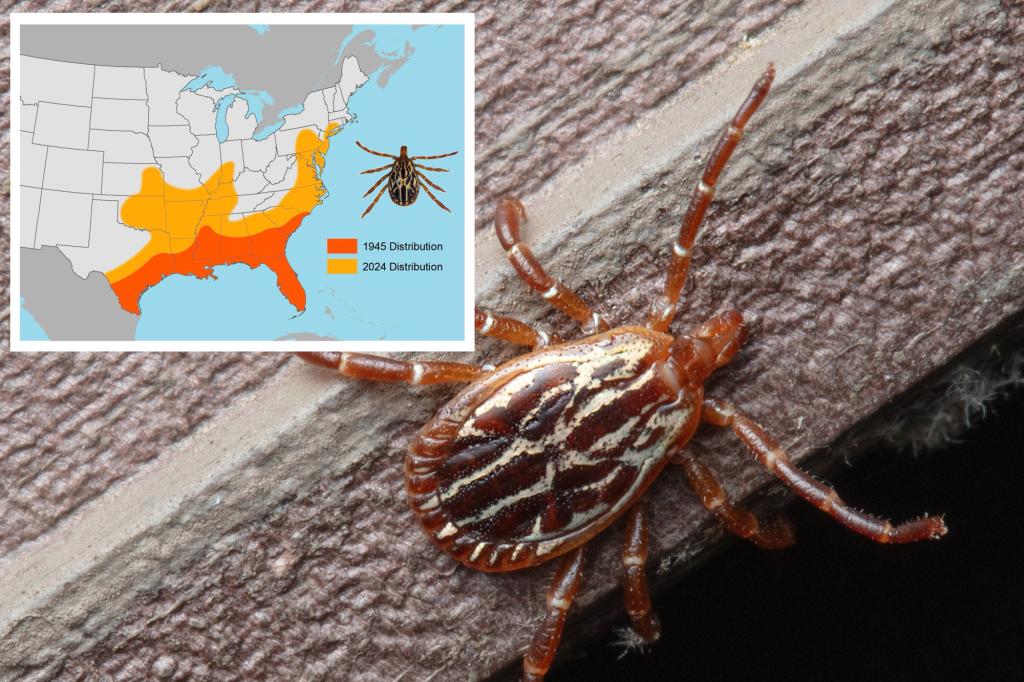The first-ever recorded Northeast case of a tick-borne disease was reported in Connecticut, officials said.
Rickettsia parkeri rickettsiosis is a type of spotted fever transmitted through infected mites and tick bites, according to the Centers for Disease Control and Prevention.
It is similar to Rocky Mountain spotted fever but with more mild symptoms, which can include headaches, fever, rashes and muscle aches, according to the Connecticut Agricultural Experiment Station.
The disease typically festers in southern states, primarily Florida, but has steadily spread up the East Coast over the last 80 years, according to the CAES.
The spread of R. parkeri rickettsiosis can likely be attributed to factors like rising global temperatures, increased travel and technological changes, Dr. Goudarz Molaei, director of CAES’ Passive Tick and Tick-Borne Disease Surveillance Program, said.
“It is anticipated that warming temperatures related to climate change may lead to the continued range expansion and abundance of several tick species, increasing their importance as emerging threats to humans, domesticated animals, and wildlife,” Molaei said in a statement.
The Gulf Coast tick, the breed that spreads R. parkeri rickettsiosis, first made its home in Fairfield County in 2021, according to Molaei. About 30% of all Gulf Coast ticks carry the disease.
Later on, the ticks spread to parts of New York and New Jersey with even higher infection rates in 2022 and 2024, respectively — though human cases didn’t materialize until now.
Connecticut is no stranger to tick-borne diseases and is even home to a town named after Lyme disease, which was first discovered in the state.
Residents are encouraged to check for ticks after spending time in particularly wooded areas. Prevention strategies include Environmental Protection Agency-approved repellants and limiting skin exposure outdoors.
Read the full article here

